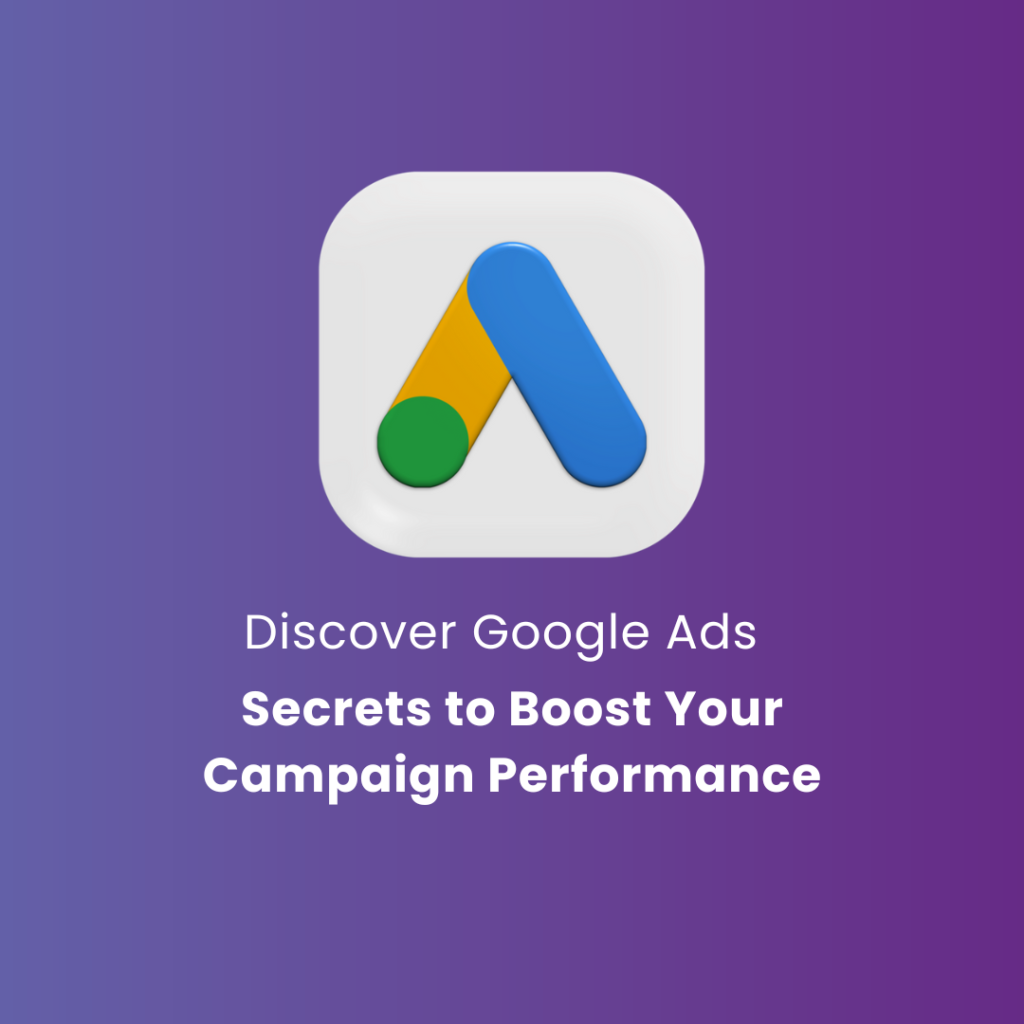In today’s fast-paced digital world, where every click counts and every impression matters, businesses are constantly looking for smarter ways to stand out. That’s where Google Ads steps in as one of the most powerful advertising platforms globally. But just running ads isn’t enough. To truly succeed, you need to unlock the hidden gems of Google Ads—those little-known features and strategies that can take your campaigns from average to exceptional.
In this guide, Alkareemi Digital Agency reveals the secrets behind high-performing Google Ads campaigns. Whether you’re new to PPC or a seasoned marketer, these strategies can help you maximize ROI, minimize ad spend, and attract high-quality leads like never before.
1. Master the Power of SKAGs (Single Keyword Ad Groups)
Let’s start with a tactic that often flies under the radar: SKAGs. Instead of lumping several keywords into one ad group, SKAGs focus on just one keyword per group. Why does this matter?
-
It gives you more control over ad copy relevancy.
-
You can tailor your landing page experience to match exactly what the user is searching.
-
It boosts Quality Score, which reduces your Cost Per Click (CPC).
For example, instead of creating an ad group with keywords like “buy sneakers,” “running shoes,” and “cheap trainers,” split them into three SKAGs. Each can have its own hyper-targeted ad and landing page. Result? Better performance across the board.
2. Go Beyond Keywords—Use Audience Targeting
Google Ads isn’t just about keywords anymore. One of the biggest hidden gems is audience targeting.
Combine keyword targeting with audience layers such as:
-
Affinity Audiences: Reach people based on interests.
-
In-Market Audiences: Target users actively researching or comparing products.
-
Custom Segments: Build audiences based on specific search behaviors or website visits.
Let’s say you’re a real estate business. Instead of targeting “apartments for sale” broadly, you can narrow it down by targeting people in-market for real estate AND located in your preferred city. That’s a much warmer lead than a general click.
3. Leverage Responsive Search Ads (RSAs)
Another goldmine many advertisers don’t fully tap into is Responsive Search Ads.
Instead of writing static headlines and descriptions, RSAs allow you to enter multiple variations. Google then tests combinations automatically to find what performs best.
Here’s how to do it right:
-
Use at least 10 headlines and 4 descriptions.
-
Mix different CTAs, value propositions, and keyword placements.
-
Pin key headlines if necessary for branding consistency.
This format ensures your ad adapts to each individual searcher’s intent, increasing click-through rate (CTR) and conversions.
4. Utilize Ad Extensions Wisely
Ad Extensions don’t just make your ads look better—they directly impact your performance.
Some must-use extensions include:
-
Sitelinks: Showcase different landing pages.
-
Callouts: Add extra selling points (e.g., “Free Shipping,” “24/7 Support”).
-
Structured Snippets: Highlight categories or services.
-
Location Extensions: Essential for local businesses.
-
Lead Form Extensions: Capture leads without users visiting your site.
Using extensions can increase your ad’s real estate on the SERP and boost your CTR by up to 15% or more.
5. Negative Keywords: The Unsung Hero
One of the biggest budget leaks in any campaign is irrelevant traffic. That’s where negative keywords come in.
They prevent your ads from showing on searches that won’t convert.
For example:
-
If you’re selling premium shoes, exclude keywords like “cheap,” “used,” or “free.”
-
Use broad match negative keywords to filter out entire categories of irrelevant searches.
Check your Search Terms Report weekly to discover new negative keyword opportunities and keep refining your targeting.
6. Track Micro-Conversions
Not every visitor will convert on their first visit—and that’s okay. But you need to track the small steps users take before they convert. These are your micro-conversions, such as:
-
Newsletter signups
-
Product page views
-
Time on site
-
Downloads or clicks on contact buttons
Set up these events in Google Analytics or Google Tag Manager, and import them into Google Ads. This gives you deeper insights into campaign performance and helps Google optimize better through Smart Bidding.
7. Smart Bidding Strategies That Actually Work
Manual bidding might give you control, but Smart Bidding gives you results—when used right.
Here are a few powerful Smart Bidding options:
-
Target CPA: Great for lead generation.
-
Target ROAS: Perfect for e-commerce businesses.
-
Maximize Conversions: Ideal for campaigns with clear goals.
To make Smart Bidding work:
-
Ensure you have enough conversion data.
-
Allow Google time (7-14 days) to optimize.
-
Avoid making frequent bid changes during the learning period.
8. Geo-Targeting and Ad Scheduling
Google Ads allows you to target your ads by location and by time of day—and this is where you can really cut wasted spend.
Tips:
-
Use geo-targeting to focus only on profitable areas.
-
Use ad scheduling to pause ads during off-hours or boost bids during peak times.
-
Combine with demographic exclusions to avoid targeting irrelevant age or income groups.
It’s all about showing the right ad to the right person at the right time.
9. A/B Testing Never Gets Old
Even with all the automation, testing remains king.
Test elements like:
-
Headline variations
-
CTA wording
-
Landing page designs
-
Offer formats (discounts vs. bundles)
Use Google Experiments to create split tests without disrupting your original campaign. Small changes can often lead to big improvements in conversion rate.
10. Post-Click Optimization
Getting the click is only half the battle. What happens after that matters just as much.
Ensure your landing page:
-
Loads fast (under 3 seconds)
-
Has a clear CTA
-
Matches the ad promise
-
Is mobile-friendly
-
Builds trust (with testimonials, badges, guarantees)
Use tools like Google Optimize or Hotjar to test and improve user experience.


Hi, this is a comment.
To get started with moderating, editing, and deleting comments, please visit the Comments screen in the dashboard.
Commenter avatars come from Gravatar.